|
Dedicated to Harold T. Peer and Beverly Crifasi for their extensive research on the JCNRR. Without their coordinated effort, this presentation would not have been possible. …………. Paul Pollio Feb.14, 2023 World War I begins July 1914 “The War That Will End War” – H.G. Wells A 1916 Congressional Act provided funds for the for the construction and operation of Rifle Ranges and the training of all Citizens capable of bearing arms. Civilian Advocates and Supporters of a local area Rifle Range : Associated Rifle Clubs of New York and New Jersey U.S. Senator Joseph S. Frelinghuysen Progress Founder and Publisher William H. Van Wart New Jersey Governor Walter Evans Edge Caldwell Mayor J. Henry Harrison Above : Lt. Colonel William C. Harllee USMC and Lt. Albert H. Jenkins Naval Reserve Force assigned the task and responsibility. ***************************************************************************************************************** Reasons for considering Fairfield’s Great Piece Meadows : ❑ NJ / NY Area population 10,000,000 ❑ Low value meadowland, expandable if required ❑ In direct path to troop port of embarkation : Hoboken ❑ Lowland Marsh area problems ( drainage and mosquitoes ) previously overcome at other range sites ❑ Proximity to several Railroads ( Caldwell, Mountain View, and Singac ). Caldwell Station chosen. ❑ Unlimited access to fresh potable water ***************************************************************************************************************** For discussion : What is needed at this ‘desolate’ site ? ➢ Good Roads for heavy trucks from Caldwell RR Station ➢ Electric Power ➢ Drainage Ditches and Sewerage Treatment / Disposal ➢ Wells / Water ➢ Telephone Service ➢ Fuel : Firewood or Coal ➢ Rough cut lumber and millwork for buildings ➢ Cement Block and Pilings ***************************************************************************************************************** USMC Lt. Colonel W.C. Harllee built JCNRR “without appropriations, and in defiance of direct orders not to build it from a brass bound senior officer” - - - John Harllee ***************************************************************************************************************** Work begins : Surveyors At first, a Tent City Steam Shovel and Water Wagon Range Saw Mill Building the Butt – Setting the foundation poles Burying the butt poles The “Century Butt” - - - Five done - - - Ninety Five to go Behind the butt : Target Work and Scoring Making cement blocks and piers for structures Building Barracks ****************************************************************************************************************** With wartime fervor, the Navy ‘Blue Jackets’ worked to complete the Range in record time. Similarly, the local Community also did their part to support them in as many patriotic ways as possible. Especially women who : ❖ Opened their homes to the Military and served them home cooked meals. ❖ Organized Church Groups to do whatever mundane tasks were asked of them. ❖ Donated their time to Caldwell’s Army and Navy Canteen, the Red Cross, and also at the Sick Bay, YM/WCA and K of C Huts at the Range. Letters of appreciation from Soldiers and Sailor’s were often published in the local Caldwell Progress newspaper. ***************************************************************************************************************** A trolley service extension from Caldwell to the JCNRR was considered but Public Service had no hope of buying steel track during the War. They were already repairing old rails for their existing service lines. ***************************************************************************************************************** Crowding at the Mess Tent – Working closely together would soon become a cause for concern The 1918 Flu Pandemic strikes the Range Nationwide, Naval medical facilities admitted 121,225 Navy and USMC patients with influenza. Of these patients, 4,158 died of the virus. There were no medical treatments of any kind. How to avoid Influenza of the “Spanish” type in 1918 : ❖ Avoid crowds, sneezes and coughs ; ❖ Breath through your nose ; keep clean ; ❖ Keep cool when you walk and warm when you ride and sleep ; ❖ Get plenty of fresh air ; ❖ Choose good food and chew it well ; ❖ Drink a glass or two of water before breakfast ; ❖ Avoid tight clothing and shoes ; ❖ Don’t use eating utensils used by others until they have been washed ; ❖ And remember, your fate may be in your own hands - - - keep them clean The observance of these simple rules will help ward off an attack of influenza. From the Caldwell Progress ****************************************************************************************************************** THE JCNRR VISIONARY o Lt. Colonel William C. ‘Bo’ Harllee USMC achieved his initial commission despite multiple disciplinary expulsions including West Point Military Academy. o ‘First to fight’ - Initiated USMC interventions and saw action in the Philippines, China, Mexico, Cuba, Haiti, and the Dominican Republic prior to WW1. o NRA Rifleman and the first ‘Expert’ Marksman in the USMC. o Recognized the necessity and value of small arms training and created or greatly expanded 13 Naval Rifle Ranges. Harllee envisioned the 14th, Caldwell Range, to be the nation’s finest. ************************************************************************************************************ • After only two months at “Camp Work”, 100 Butts completed with 50 operational targets. • Over 750 Military Personnel stationed at the Range • Between 20 & 30 Buildings fully completed ( Newspaper accounts vary ) • Flu epidemic was suffered by about 25% of the contingent with 6 deaths confirmed. • Electric lighting still not available • Barracks builders becoming more efficient with a capability of erecting a 70’ x 30’ structure in just two days. • Preparations begin for an official opening ceremony on Saturday October 5, 1918. ************************************************************************************************************** Buildings nearing completion on October 5, 1918. All must be ‘closed in’ before the winter months arrive ****************************************************************************************************************** JCNRR Begins extensive training in mid September. Only eight weeks after the arrival of the first fifty ‘Jackies’. Every shooting point had a qualified Instructor. Caldwell Range Opening Ceremony October 5, 1918 ➢ New Jersey Governor Walter Evans Edge is principal speaker among several other Politicians. ➢ Lt. Colonel W.C. Harllee and Staff are in attendance. ➢ Various Rifle, Pistol, and Machine Gun demonstrations. ➢ Reading of Former President Theodore Roosevelt’s letter of pride, praise and congratulations. ➢ Music and Bands ➢ Marching and Skirmish Field Drills But Gov. Edge doesn’t show up ! Governor Walter Evans Edge Although World War I was known as the “ first war of the industrial age,” with nations sending their newest and most modern weapons, it was the well trained USMC and US Army Riflemen who often stunned the German Troops. Typical battlefield rifle range was about 250 yards. When U.S. Marines rarely missed at ranges of 800 and 600 yards the Germans were horrified. “Teufelshunde” cursed the German Officers forced back to defensive positions ( Dogs from Hell ! ). US Army General John Pershing, commanding general of the American Expeditionary Force, harbored little love for the Marines. But even he later stated that “The deadliest weapon in the world is a Marine and his rifle.” ****************************************************************************************************************** Only 38 Days after the JCNRR Official Opening Day Ceremony : Demobilization forces Lt. Colonel ‘Bo’ Harllee to ‘adjust his sights’. All Branch Troop strength reduction from wartime 4,000,000 to only 300,000 cuts training demand over 90% . Harllee always believed that his ‘crown jewel’ of Rifle Ranges should and must become permanent to maintain ongoing military preparedness of the Citizenry. The War Department was heavily in debt, yet the Navy would now need to buy the $200,000 JCNRR property when the wartime leases expire. JCNRR continues to expand the site, war or no war. ****************************************************************************************************************** The Fairfield Meadows became a Military Village during the Great War. Soon, this Village will become a small City. ****************************************************************************************************************** An Officers Quarters Bldg. and Aerial View of Barracks ****************************************************************************************************************** Happy New Year ! JCNRR Sick Bay and Brig are ready ****************************************************************************************************************** The “tumultuous” year that “changed America” : 1919 ➢ Transition from War Economy results in Economic Upheaval : Inflation; Cost-of-living increases; Shortages of Goods. ➢ Returning Troops bring back a new strain of the Flu Pandemic. ➢ The ‘Red Scare’ fear of Communism, Socialism, and Workers Parties. ➢ End of ‘No-Strike’ Pledge to National War Labor Board results in 3,000 Strikes nationwide. ➢ Racial tensions escalate with 25 Race Riots killing 250. ➢ 18th Amendment for Prohibition passes over Pres. Wilson’s Veto. ➢ 19th Amendment ‘Women’s Right to Vote’ needs 36 State ratification. ****************************************************************************************************************** Good news for JCNRR. U.S. Navy and NRA agree to hold the 1919 National Rifle Matches at the Caldwell Range. 1919 Navy / NRA National Matches ✓ Although JCNRR was already the Nation’s Premier Rifle, Pistol and Machine Gun Training Campus, a significant transformation and expansion would still be required. ✓ Many new ranges, facilities, demonstrations, events, and entertainment, had to be planned out and implemented within four short months. And the once familiar “There’s a War going on ! “ was no longer a trigger for urgency, unlimited credit or cooperation. ✓ Nevertheless, everyone involved was ‘all in’. The Navy,YM/WCA, KofC, Red Cross, and even the U.S. Army joined the effort. What could possibly go wrong ? Mother Nature ‘didn’t get the Memo’. Rain fell for nine straight days in July causing several dams to fail and the Morris Canal overflowed in three places as well. Pictures say thousands of words : 51 years later, facing similar indomitable odds and a crucial race against human endurance and time Apollo 13 Flight Director Gene Kranz was asked if he felt it was going to be NASA's darkest moment : “No”, he responded, “this is going to be our finest hour.” ******************************************************************************************************************* NEW for the 1919 National Matches ‘Worlds Fair’ of Marksmanship and Firearms Competition : ➢ First ever Small Bore Range ( .22 cal. ) 50 and 100 yds. ➢ Small Bore ‘Cable Match’ against the U.K. Team ➢ Trap Shooting Range ( non competitive ) ➢ Police Pistol ➢ French Village, ( non competitive ) Moving ‘Hun’ Targets. ➢ Many new Individual and Team Rifle events ( Sorry, too numerous to list here ). Above map shows NEW areas for exhibits, commercial booths, display's, etc. for Competitors and Public ************************************************************************************ U.S. Army sends 40 Soldiers from Fort Benning, Georgia to accompany an extraordinary postwar Ordnance Exhibit including Fairfield's first aircraft. What was 'Top Secret' 1914 to 1918 is now on full display for all to see. Fairfield's first 'airport' with seven U.S. Army aircraft and their canvas hangers 1919. ****************************************************************************************************************** Franklin D. Roosevelt was a good Friend of Lt. Colonel Harllee and strong supporter of marksmanship. Visits JCNRR. ( Note : Picture below is from another Harllee inspired Rifle Range ). ******************************************************************************************************************* Pictured below are some of the Trophies the Riflemen were competing for : 1. Hilton Trophy, 2. Marathon Trophy, 3. Herrick Trophy, 4. Palma Individual Trophy. ( Note : These pictures do not reflect the enormous size of these trophies ) Below : 1. Wimbledon Trophy, 2. Crescent Trophy ( also honoring the Navy Host Range JCNRR ), 3. Rumbold Trophy, 4. Leech Trophy, and more including an Aggregate Award Once, when Lt. Colonel Harllee learned that another Navy Rifle Range excluded all Women and Boys under 18 years old, he called Navy Under Secretary F.D.R. who immediately and cheerfully reversed that decision. The next year, Blanche Crossman made the U.S. Small Bore Rifle Team ( .22 caliber ) that competed in the first ever ‘Cable Match’ with the U.K. The U.K. Team scores were cabled to their Representative in Caldwell and not revealed until the U.S. Team finished shooting. The U.S. Team won. Blanche Crossman is pictured below. Per The Cambridge Sentinel, Vol XVI, No. 21, 6 -14 -19 : ”(JCNRR) is a model range in every respect. It was the last range built by the Navy and all the best features developed in the construction of other ranges were utilized there. It has unlimited capacity for targets. It can accommodate 100 teams for each stage of the match--twice as many 'as any other range, and has the largest and best equipment of buildings of any range In America’. It has electric lights and all modern conveniences, with splendid facilities not only for shooting but also for the accommodation and entertainment of the regular teams, transient participants and visitors.” ************************************************************************************** The huge success of the 1919 National Matches was everything the Military Brass and NRA could have possibly wished for. But the tides had now changed with about 50 other Military Bases, Training Camps, and Rifle Ranges all trying to become permanent in peacetime. QUESTIONS : ❑ Was this ‘big splash’ significant enough to influence and sway the decision makers in Washington D.C. to commit funding to ongoing ‘Citizen Preparedness’ ? ❑ Could the JCNRR become the permanent home of the annual NRA National Matches ? ❑ Could the Congressional interest in ‘compulsory military service’ offset the reduction in U.S. Troops ? ISSUES AND OBSTACLES : ❑ U.S. Navy would need to buy the JCNRR Site for $200 K and it would likely require Congressional approval. ❑ Area drainage and mosquito problems were not as easily resolved as initially anticipated in 1917 – 1918. ❑ Key Supporters were moving on. Lt. Colonel Harllee was tasked with starting up a new Marine Corps Institute in Washington D.C. - - Navy Assistant Secretary F.D.R. mounts a campaign for the Vice Presidency. ❑ ( One example of the competition ) Illinois donated it’s adjacent State Rifle Range to the Navy’s Great Lakes Naval Station & Rifle Range. This North Chicago Base was now a ‘no cost’ JCNRR alternative for the U.S.N. **************************************************************************************************************** THE FINAL VERDICT : ❑ March 12, 1920 the U.S.N. deems the JCNRR Site ‘nonessential’. ❑ April 27, 1920 The War Department abandons the Site. ❑ After the Navy and Army remove and relocate all of the needed equipment, the buildings are sold for $15,000. Remembering JCNRR Historian Harold Thomas Peer ( 1921 - 2010 ) Pictured below : The only prominent remaining evidence of the JCNRR’s Horseneck Road Campus : Further reading suggestions : FAIRFIELD HISTORICAL SOCIETY CELEBRATING SIX YEARS OF SERVING THE FAIRFIELD AND WEST ESSEX COMMUNITIES FAIRFIELD HISTORICAL SOCIETY FEBRUARY 14, 2023
This presentation was posted in good faith for educational purposes, any other use must be approved by the author. A Powerpoint slide deck is also available for educational purposes. Paul Pollio, [email protected]
0 Comments
|

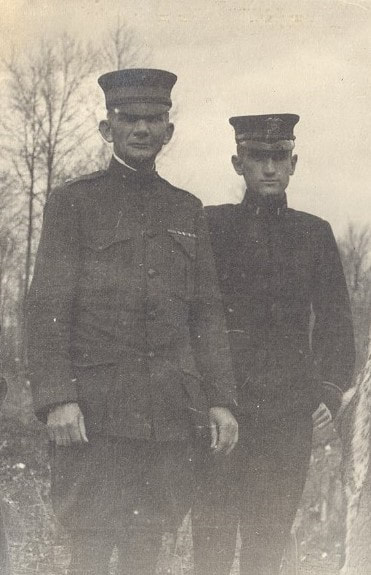
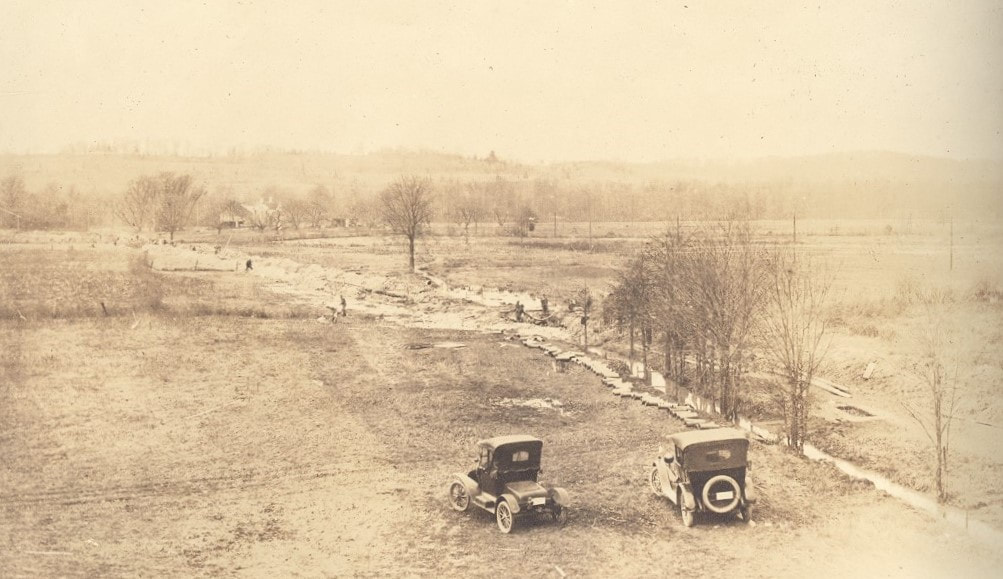
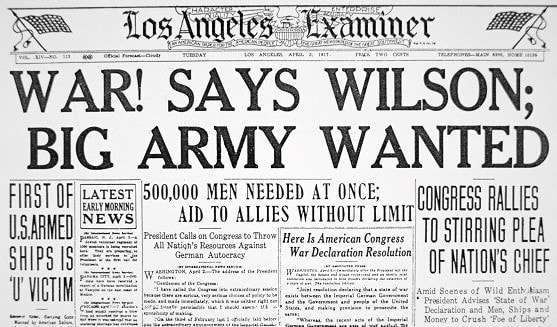
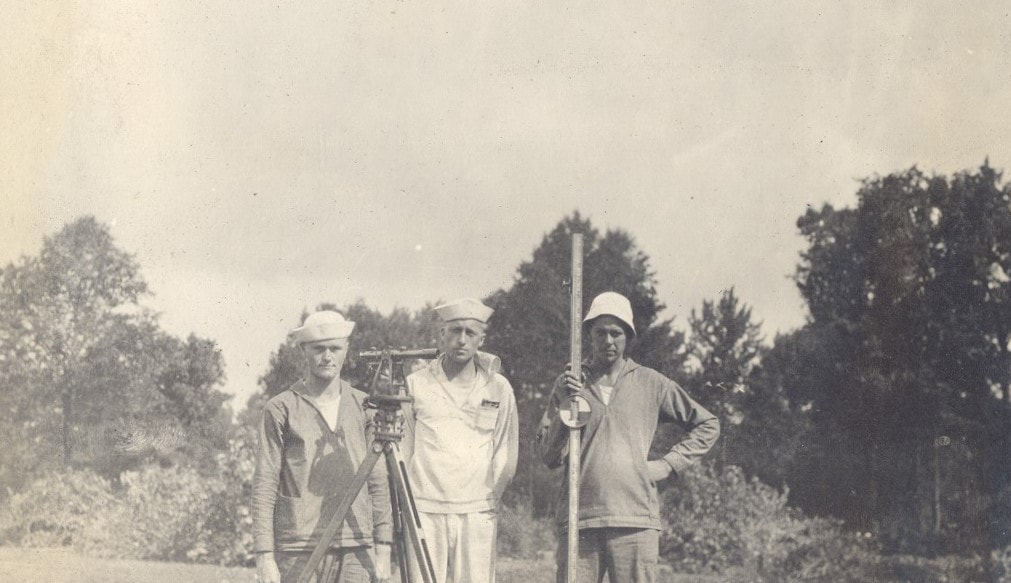
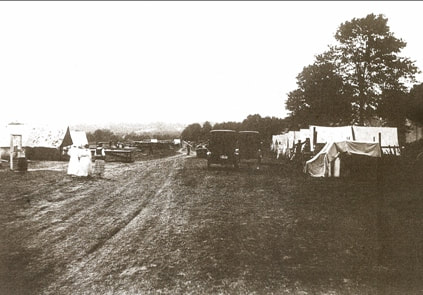
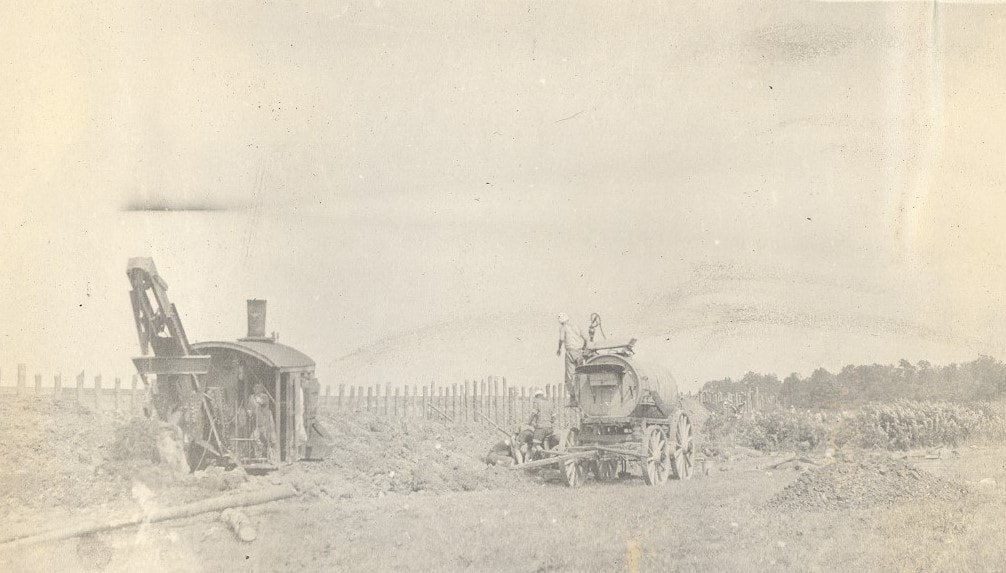
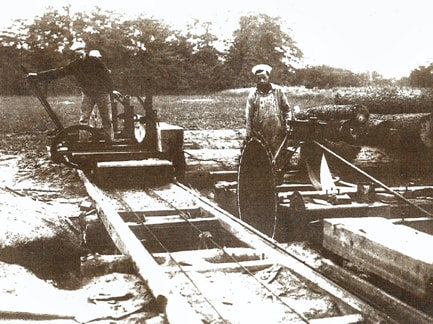
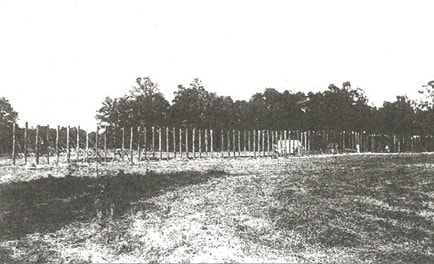
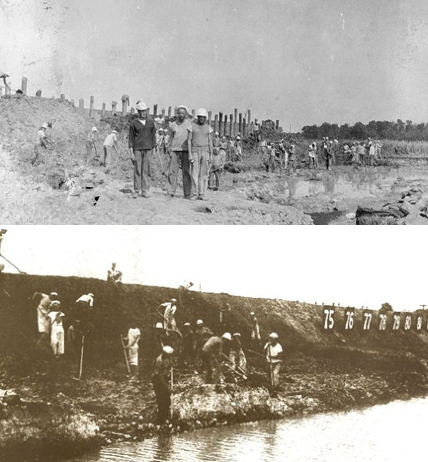
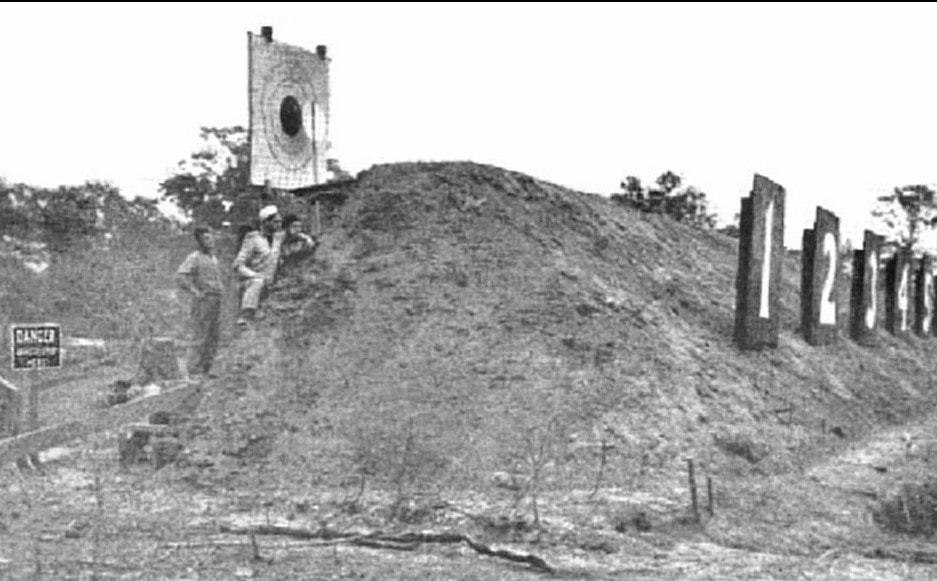
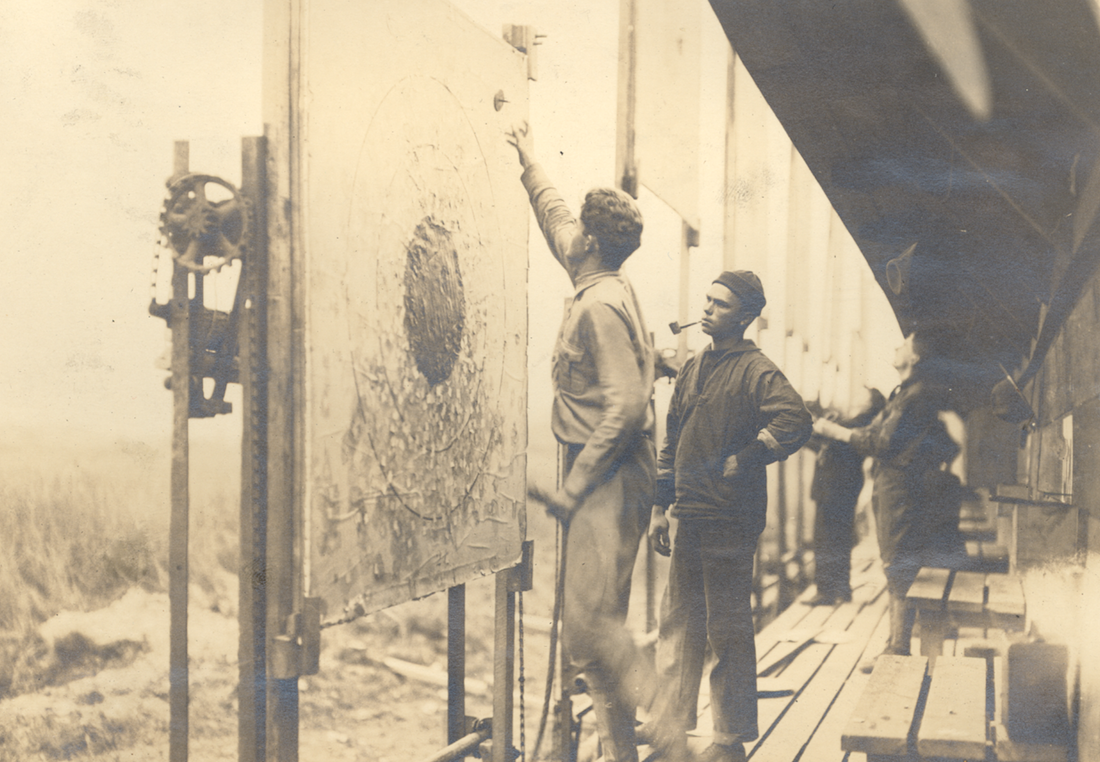
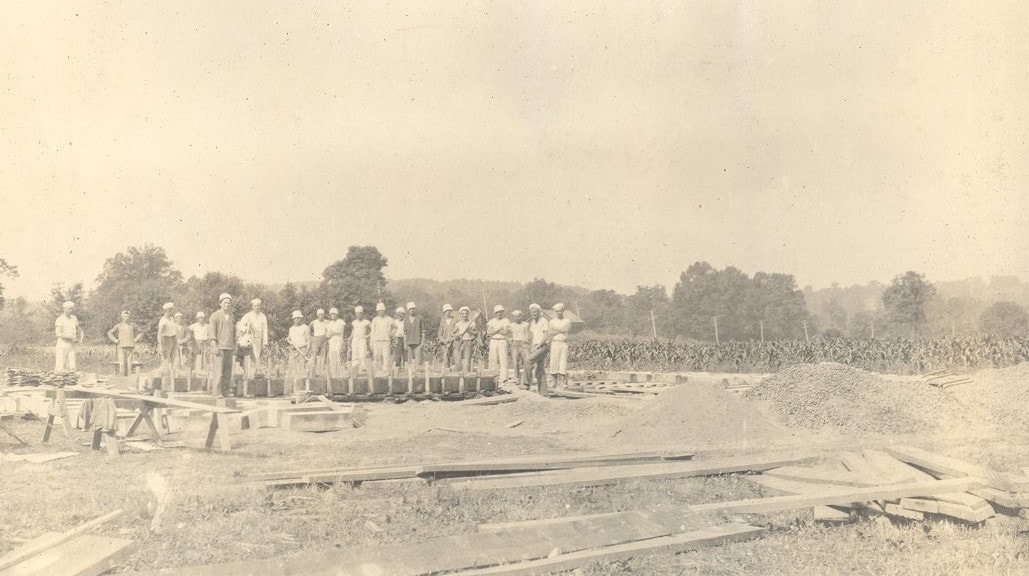
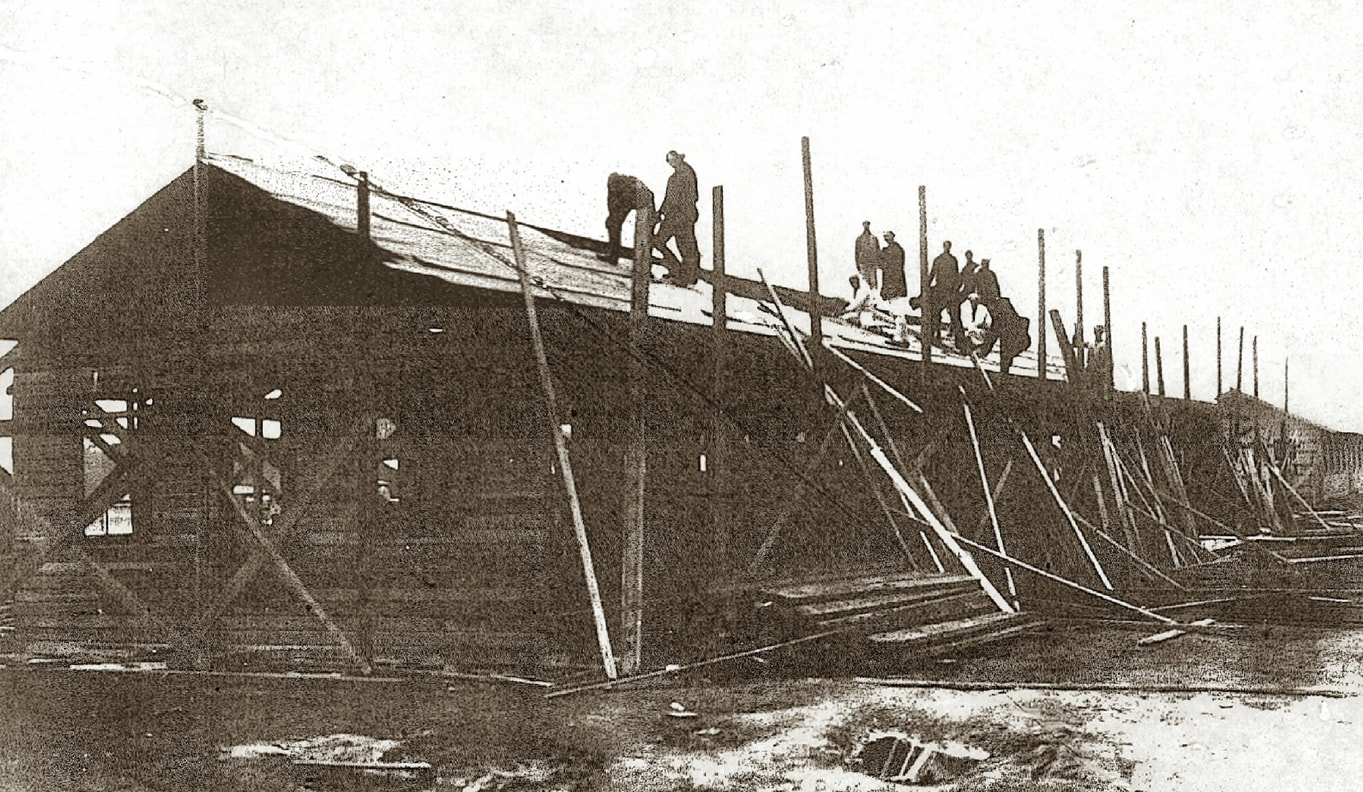
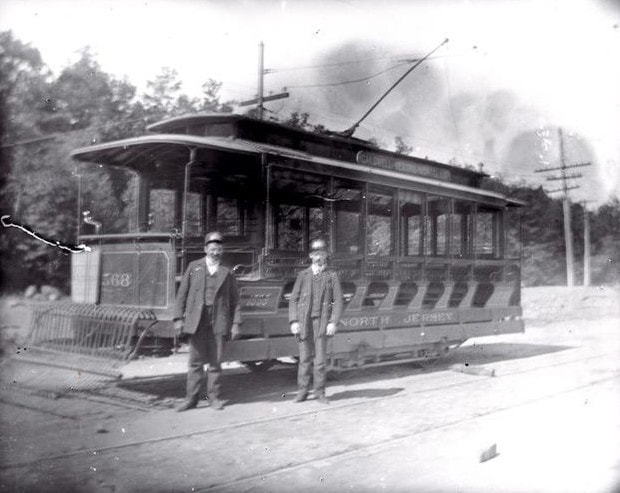
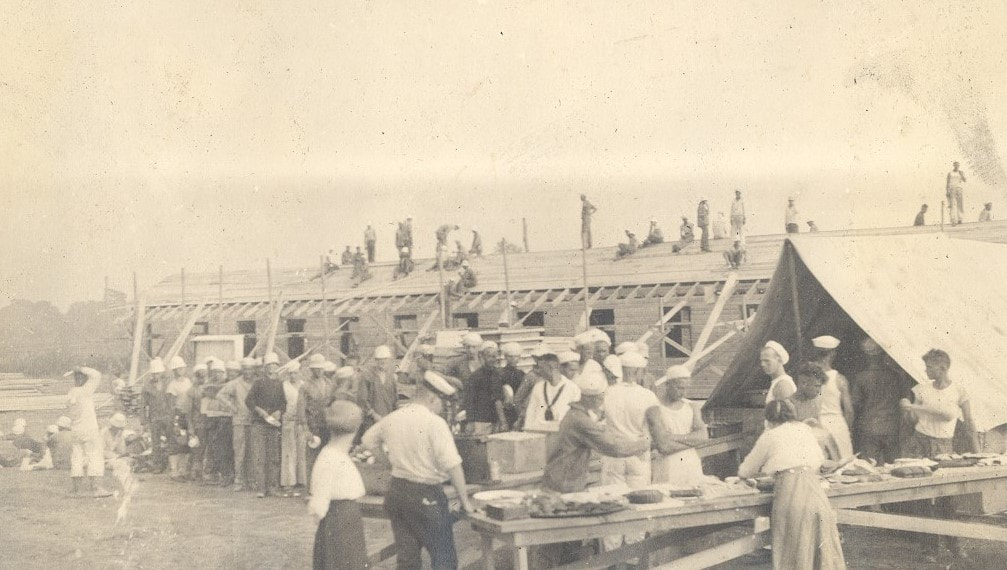
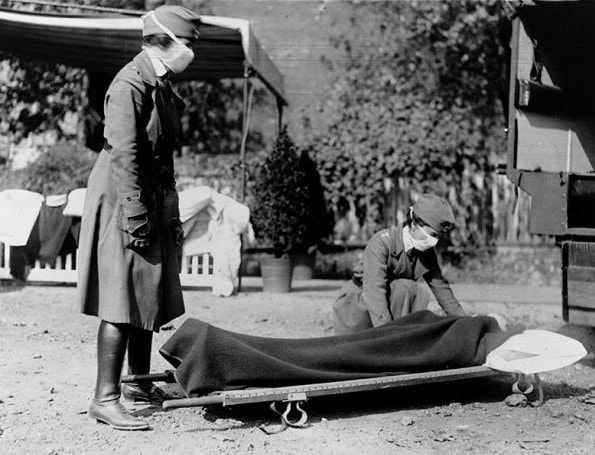
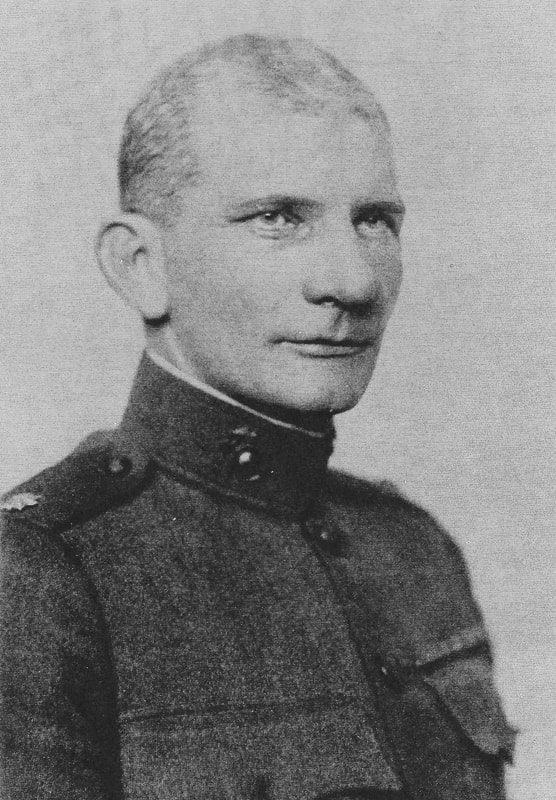
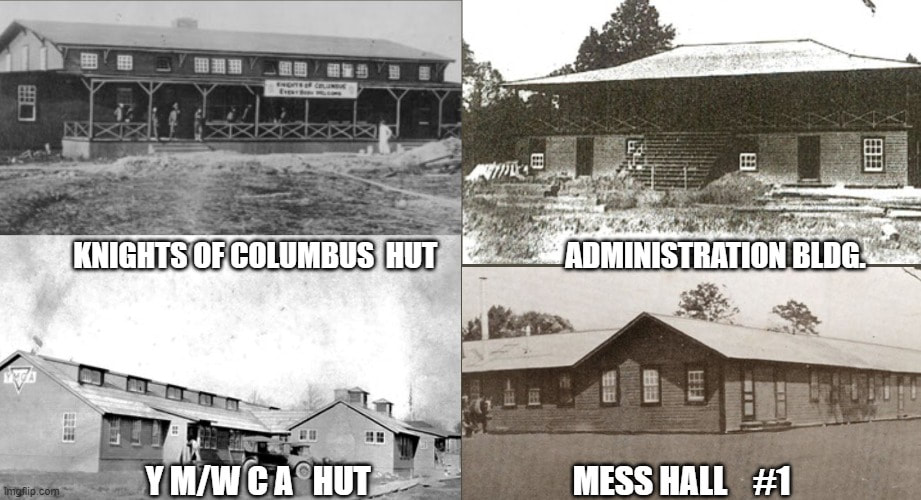
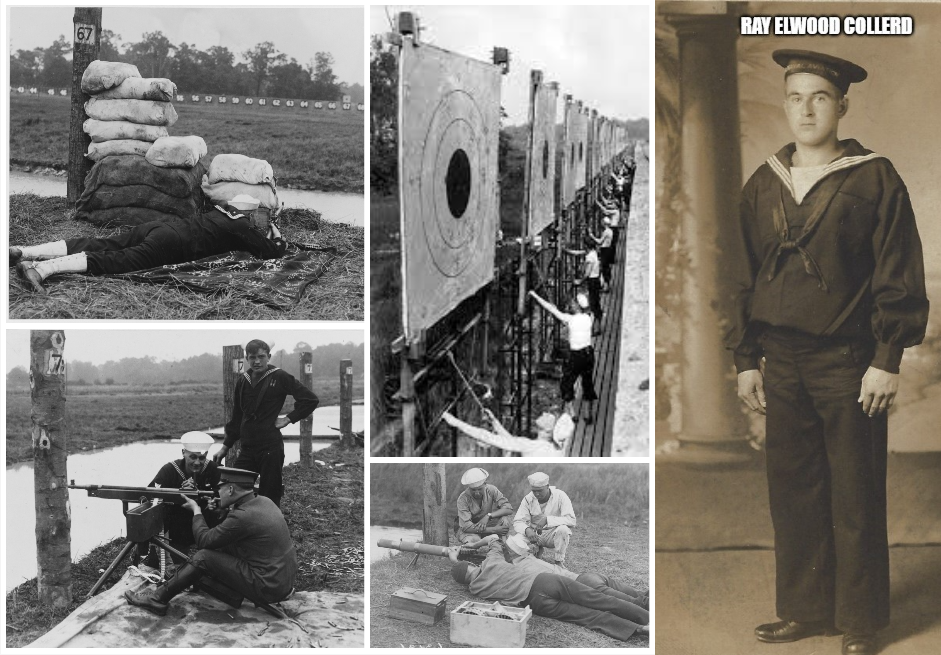
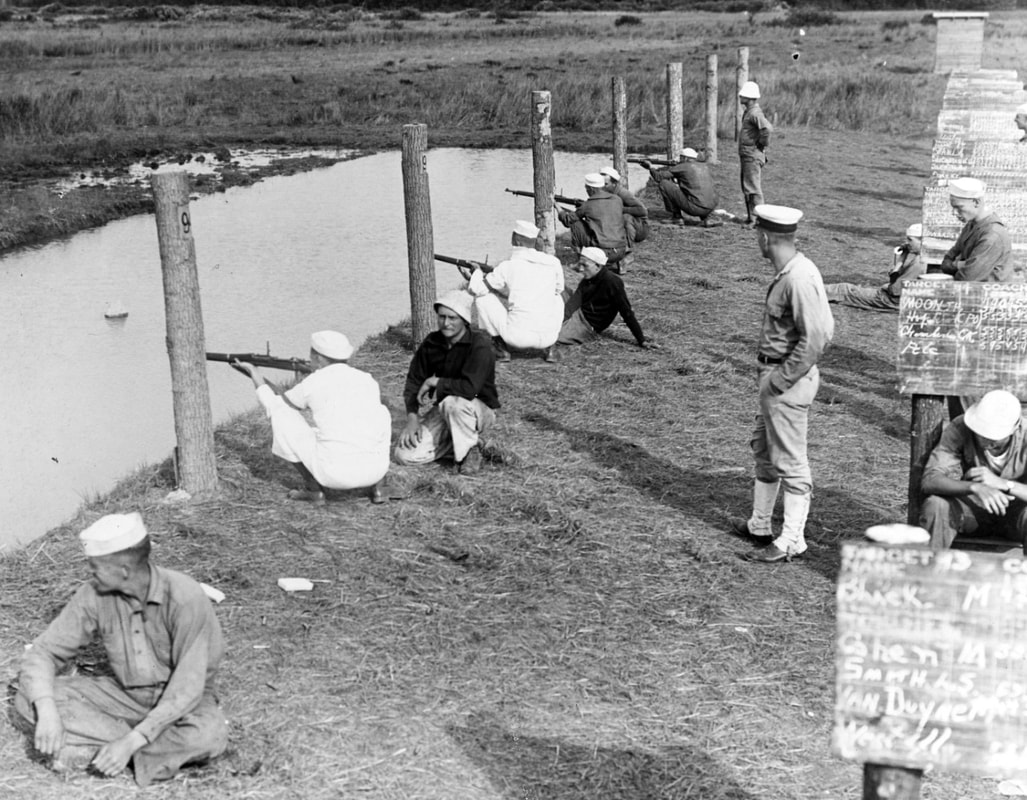
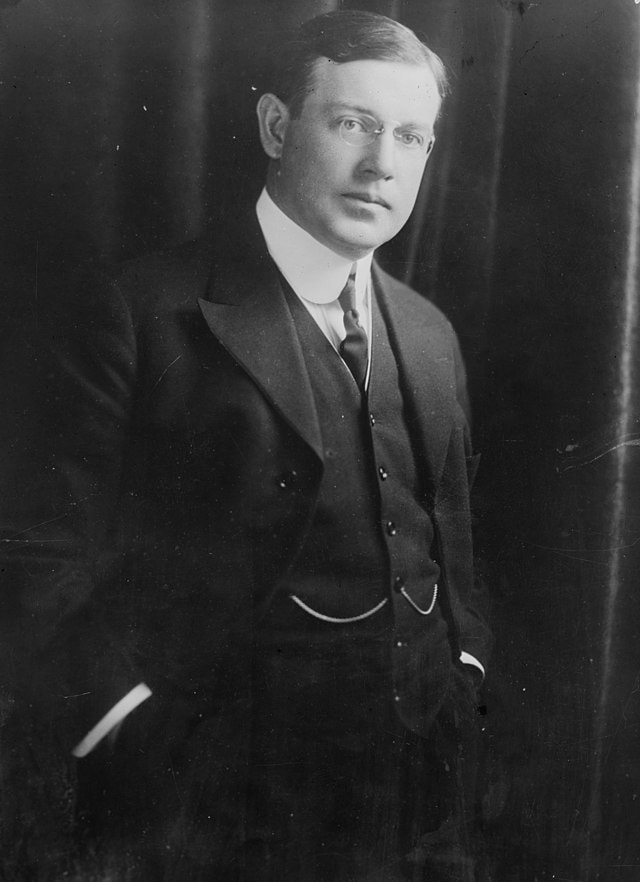
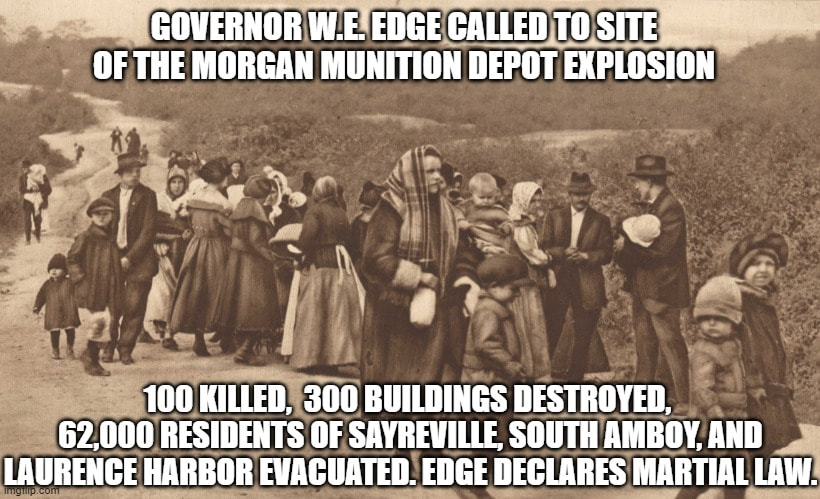
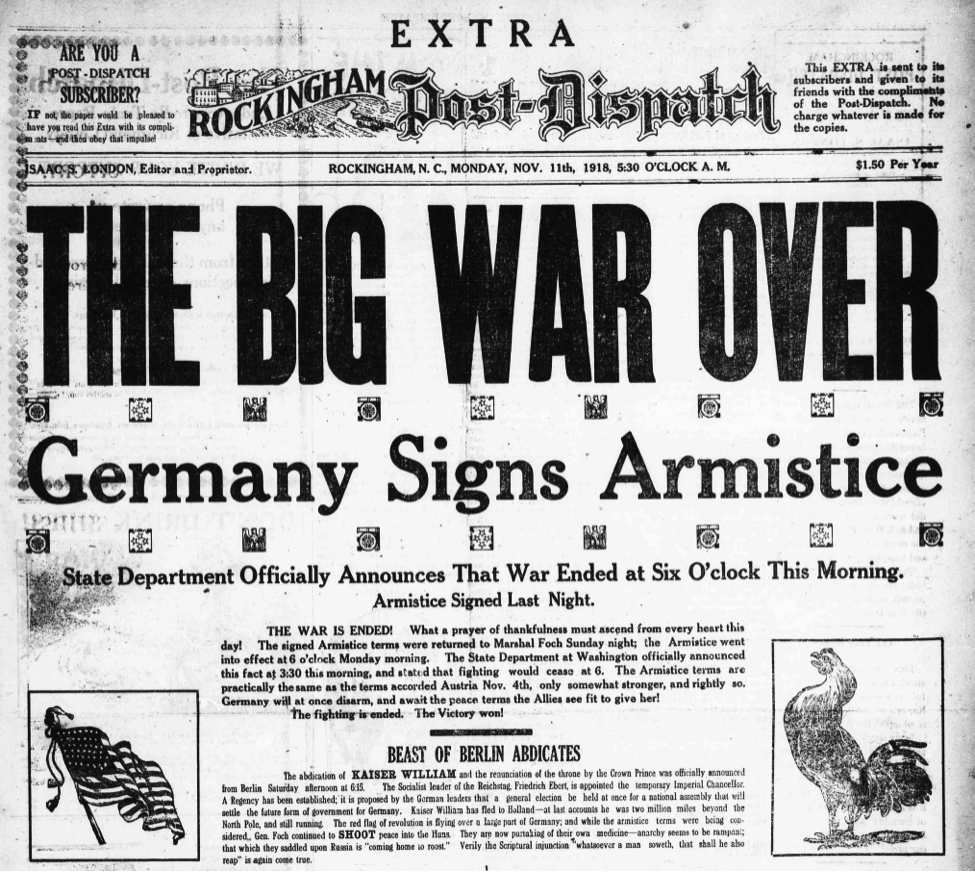
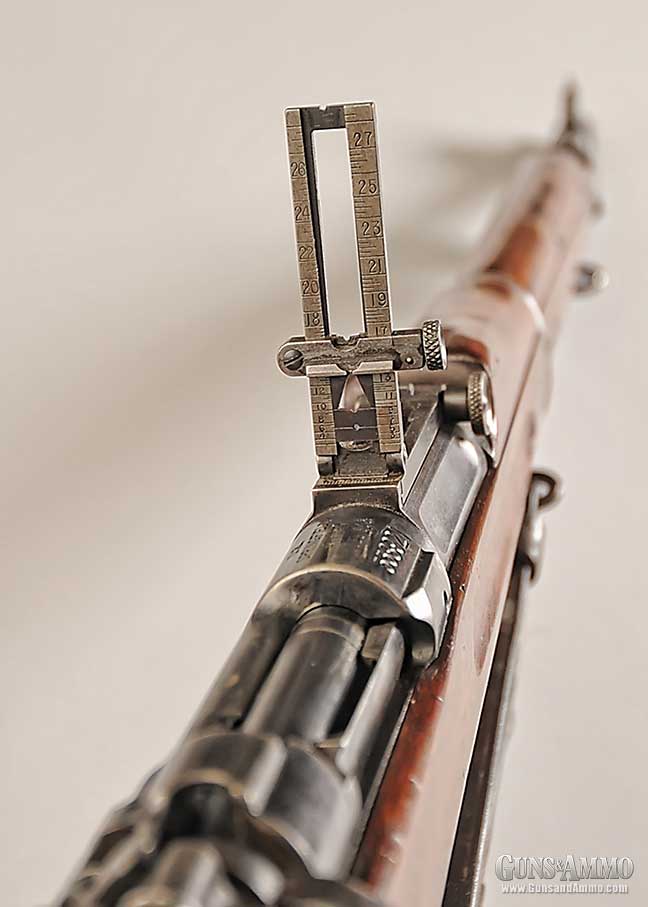
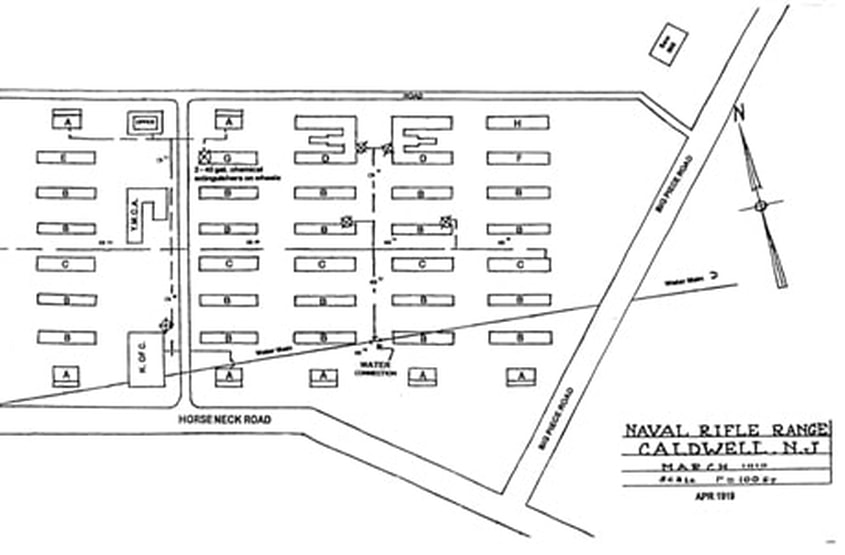
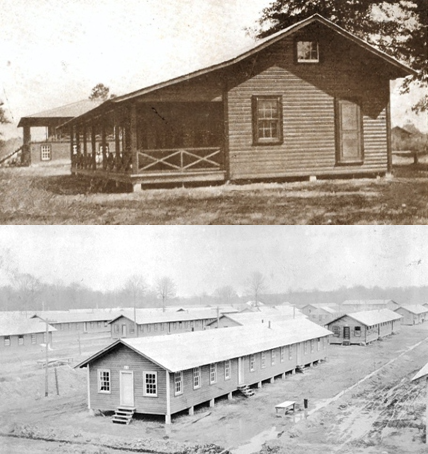
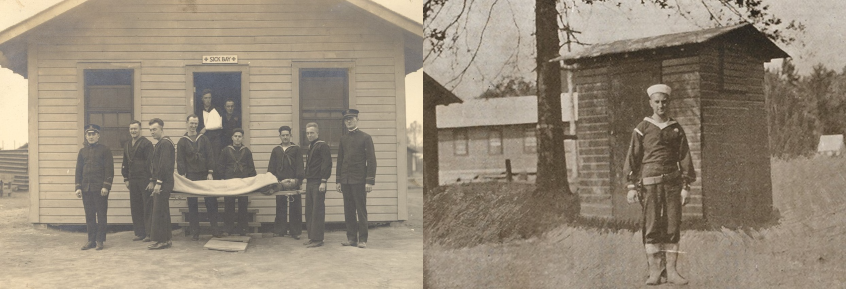
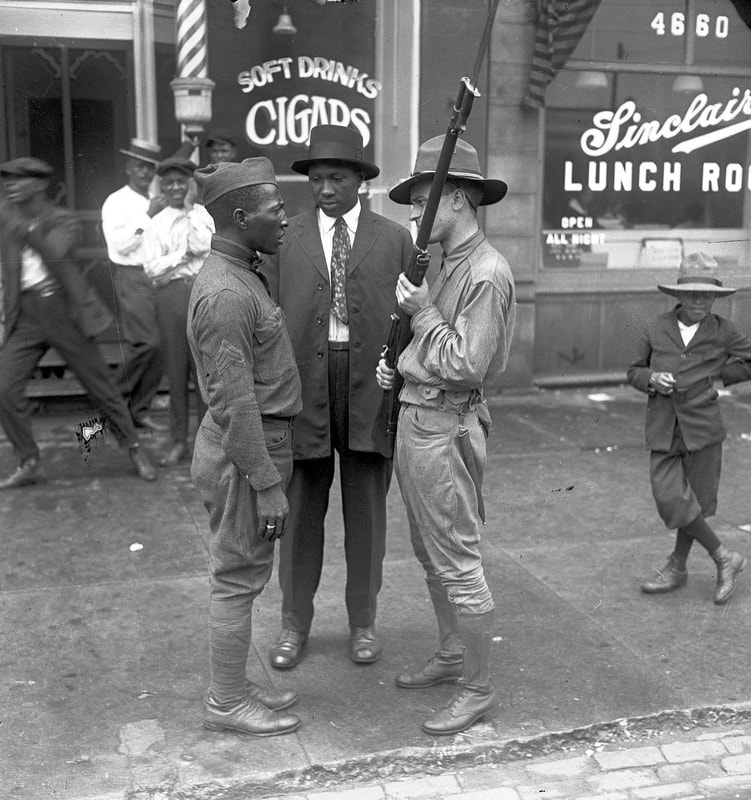
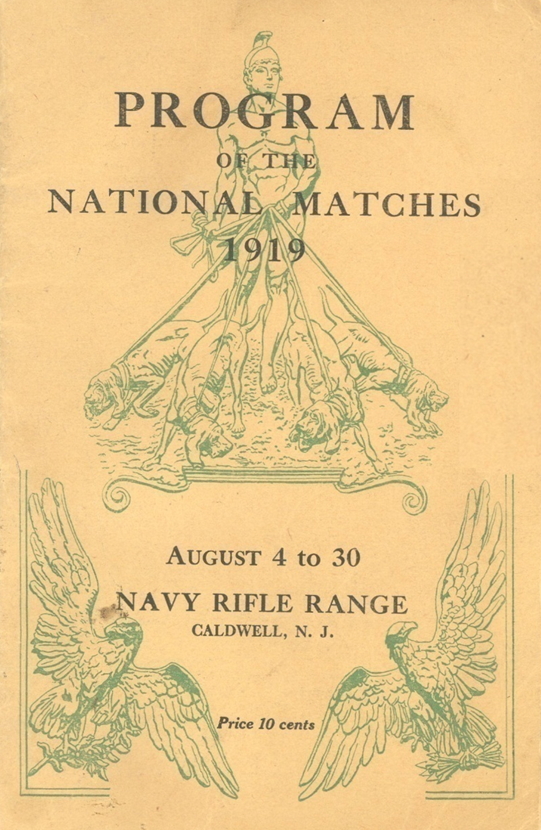
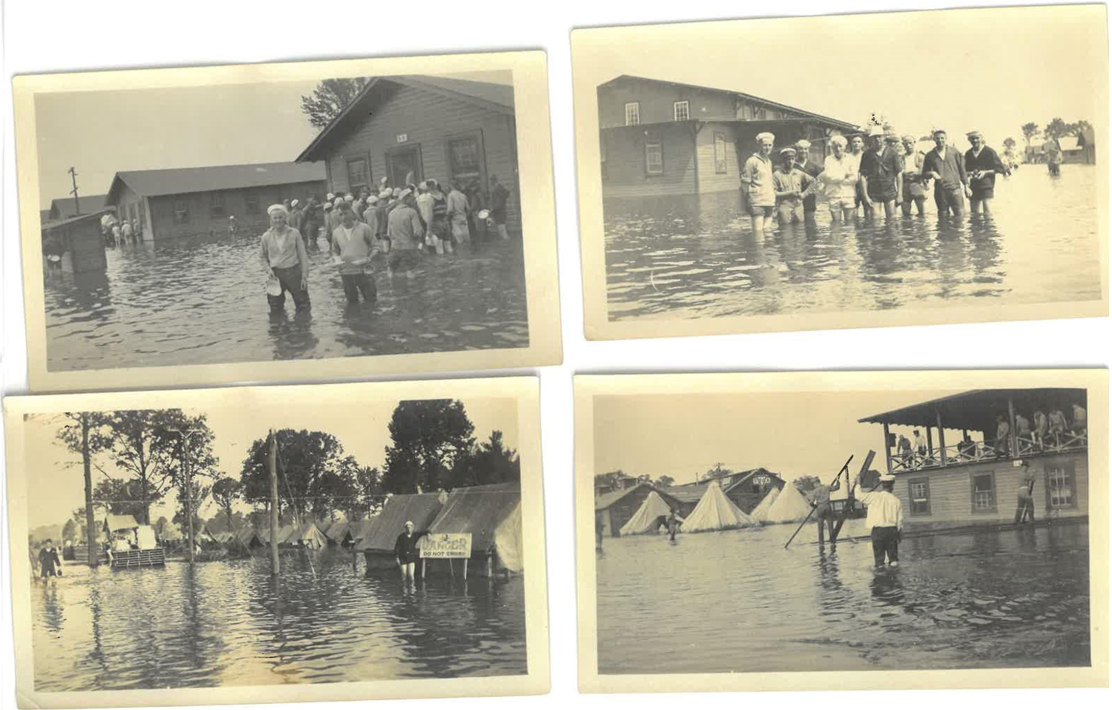
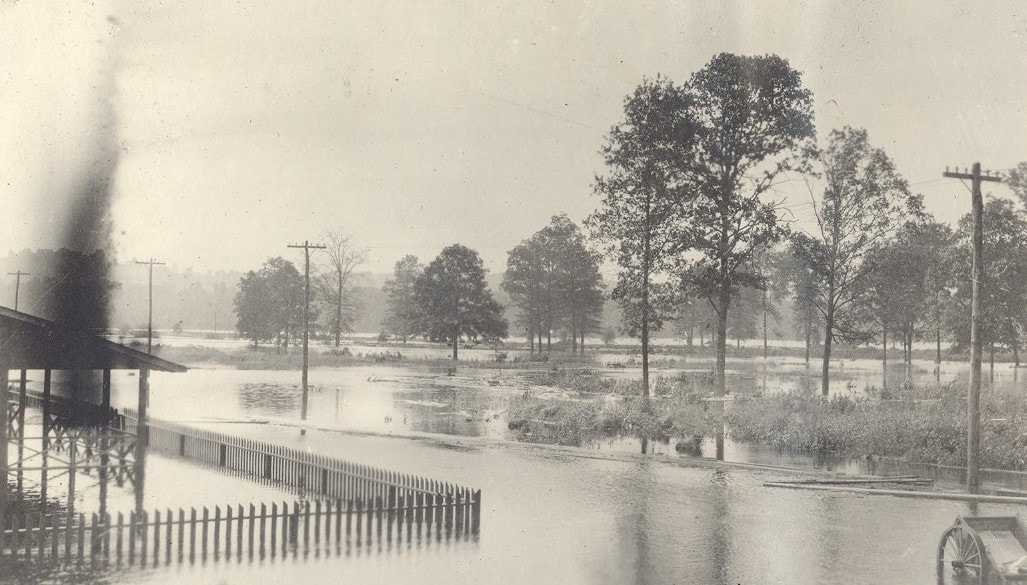
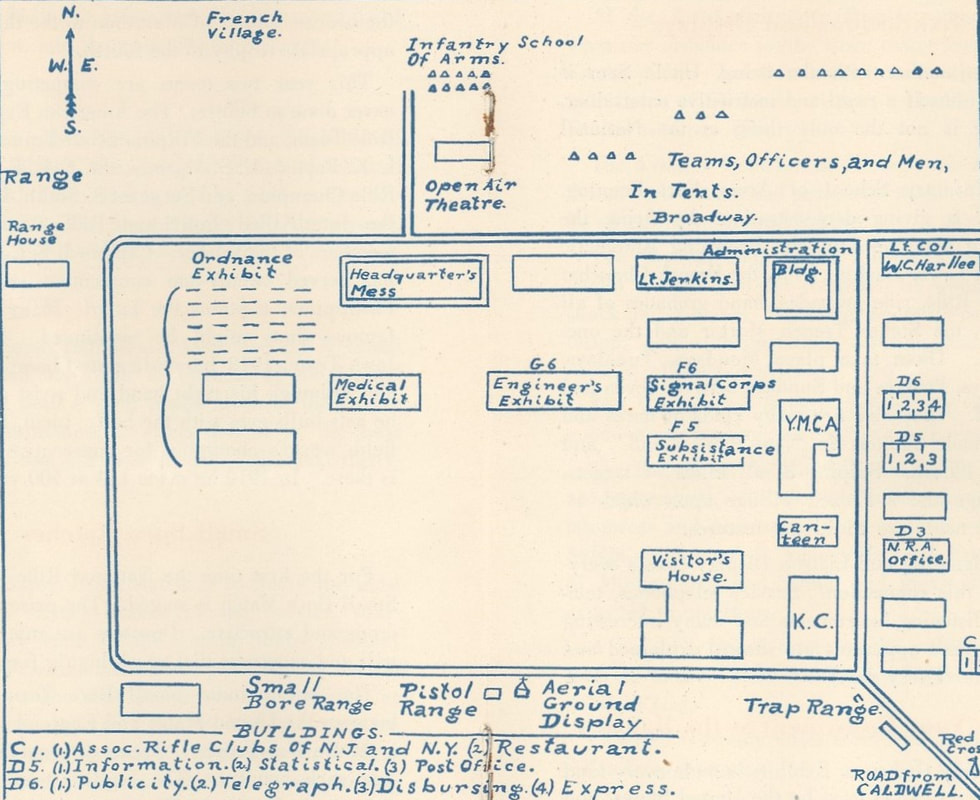
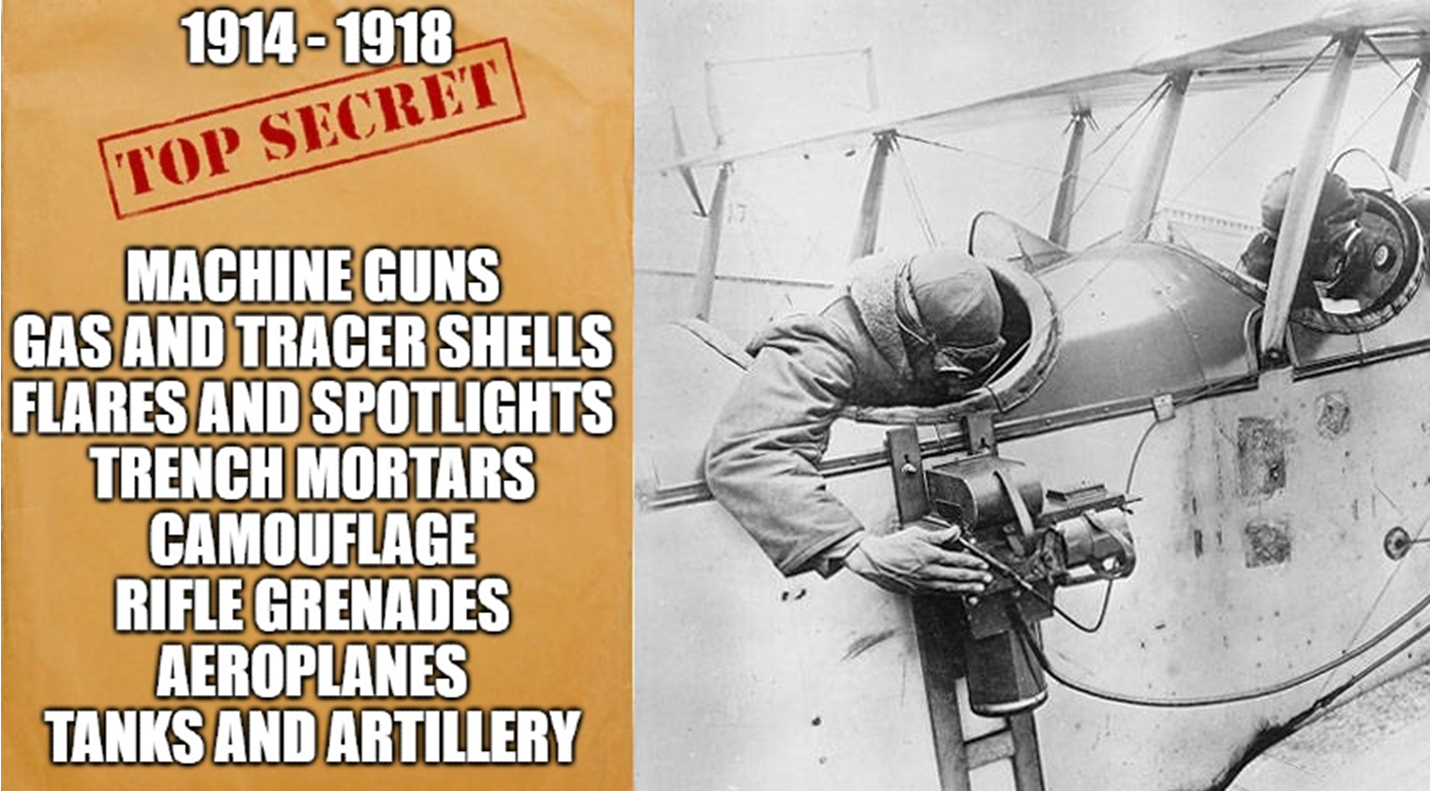
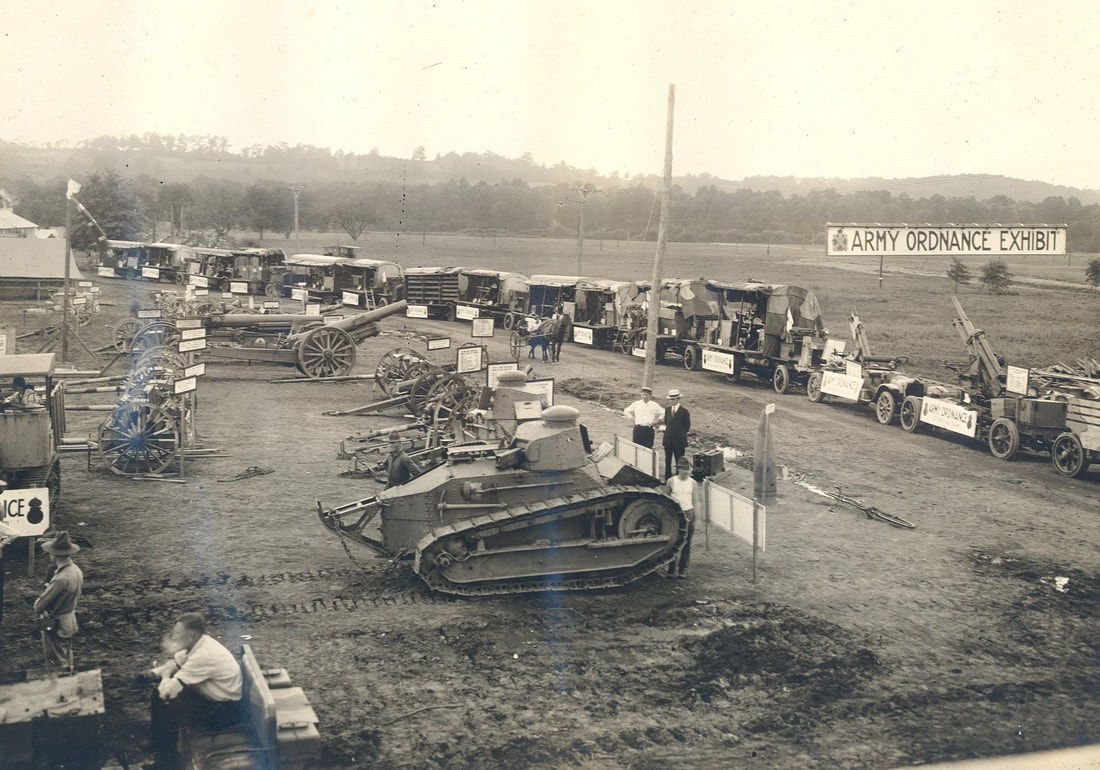
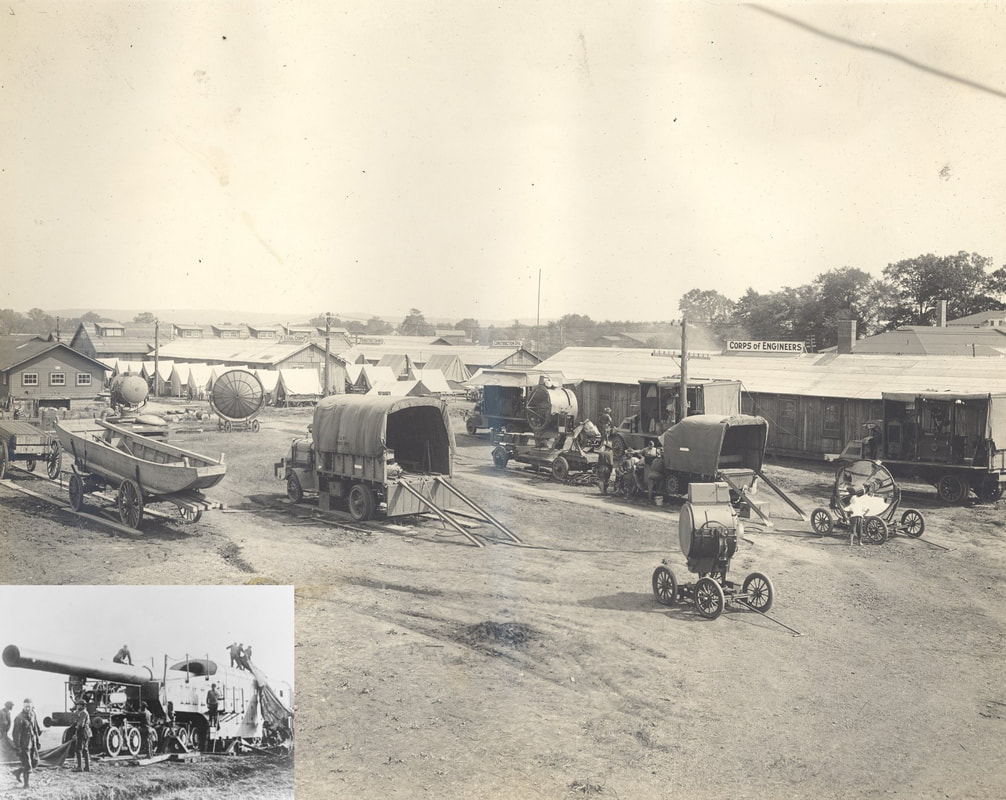
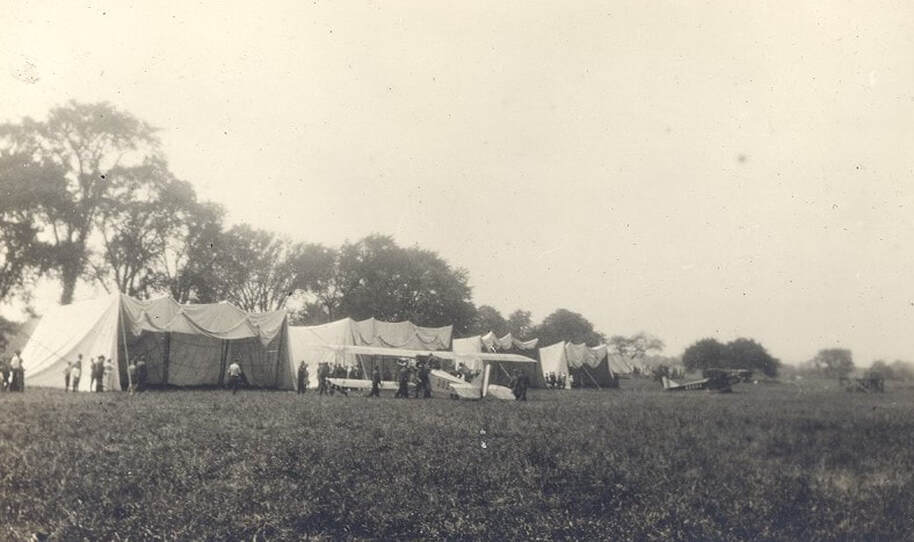
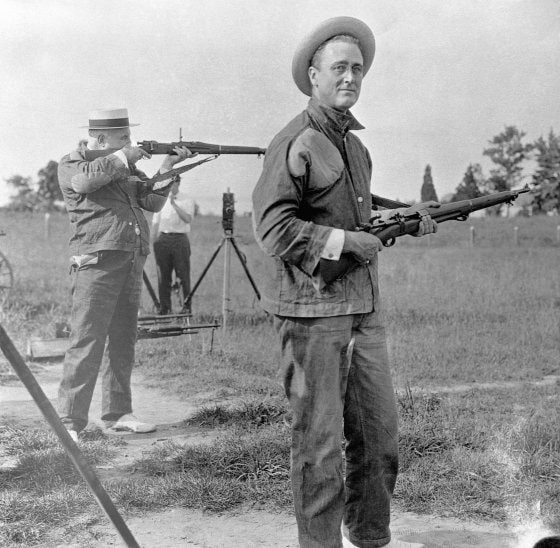
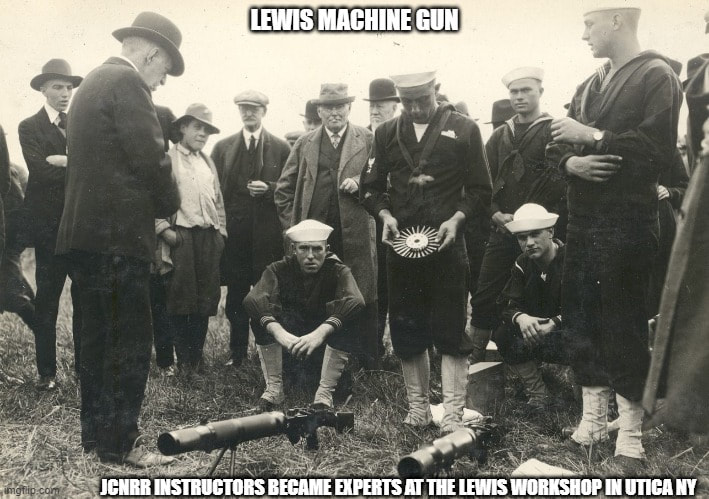
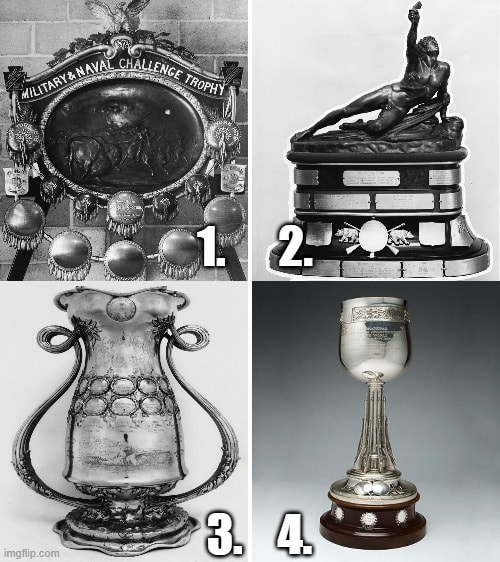
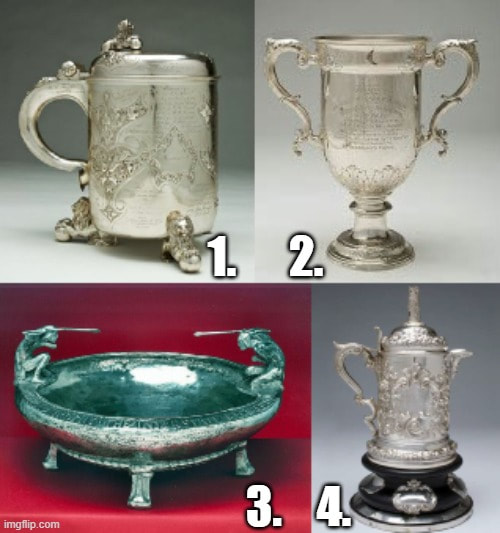
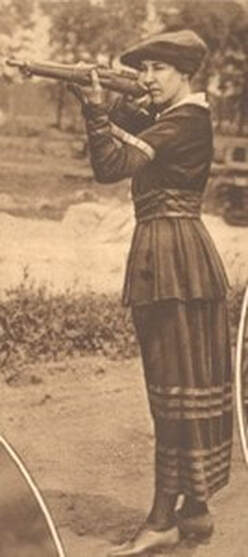


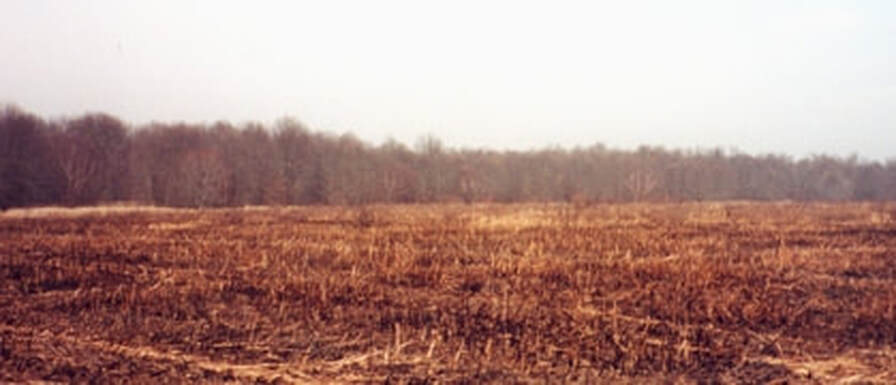

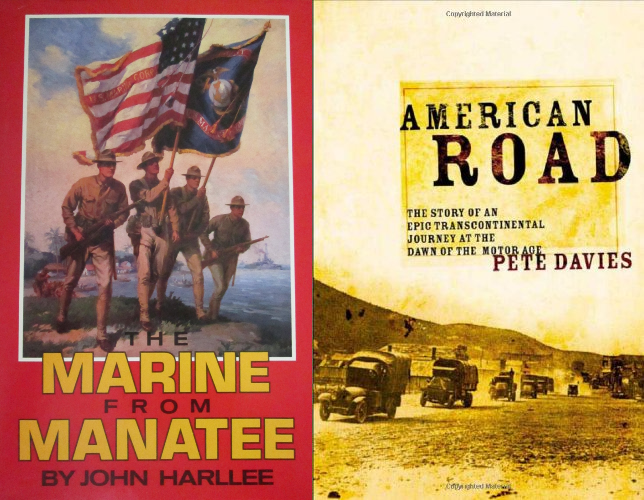
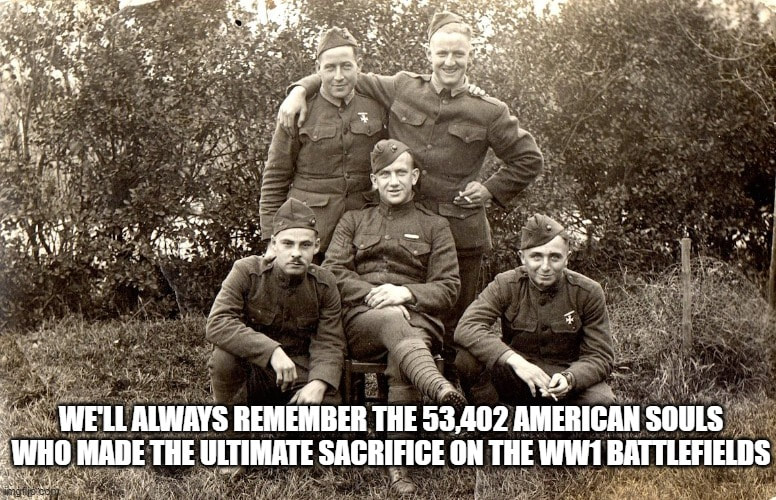
 RSS Feed
RSS Feed